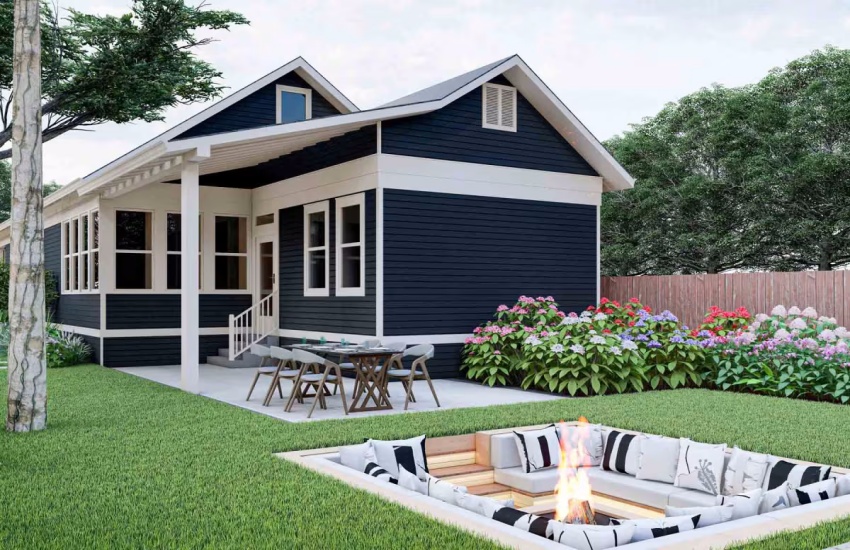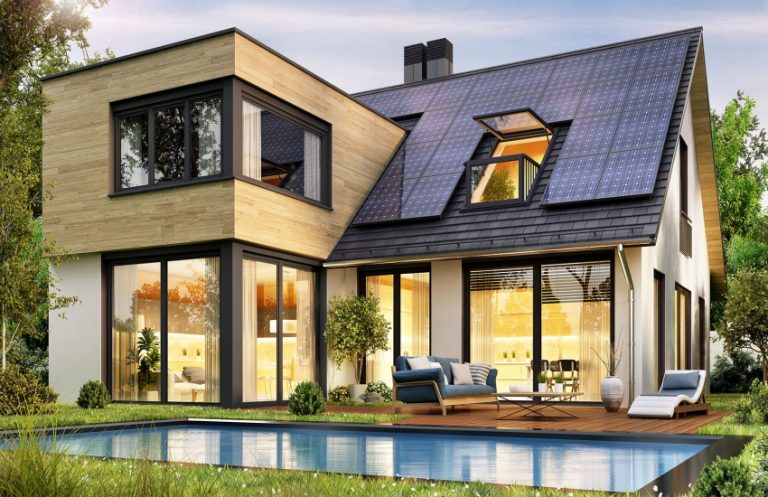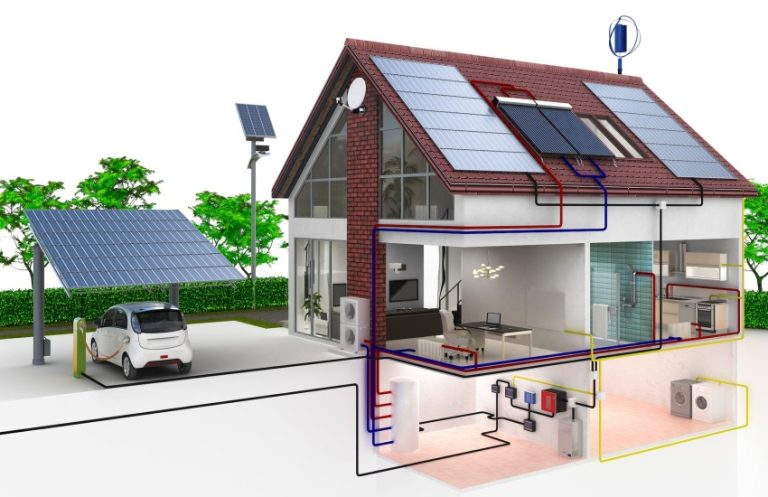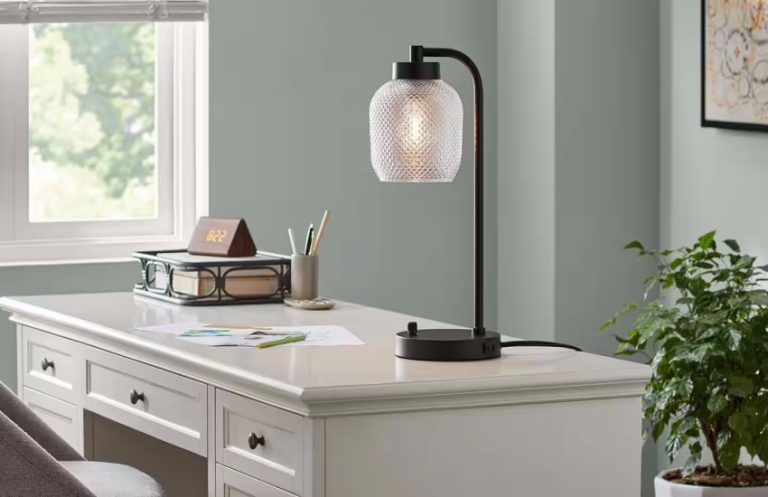
Creating a cohesive design is vital for a successful landscape. This involves considering the overall layout and flow of the space. Using a combination of trees, shrubs, and flowers can add depth and texture, while pathways and borders can guide visitors through the garden. The use of various heights and colors can create visual interest, making the landscape more appealing. Incorporating hardscaping elements such as patios, walkways, and retaining walls can enhance functionality and provide structure to the design.
Adding a pond, fountain, or waterfall not only provides a focal point but also introduces soothing sounds that enhance the outdoor experience. These features can attract wildlife, such as birds and butterflies, contributing to a vibrant ecosystem. When designing water features, it is important to consider maintenance requirements and ensure that they fit harmoniously within the overall landscape.
Lighting is another important aspect of landscaping that is often overlooked. Proper outdoor lighting can extend the usability of outdoor spaces after dark while highlighting key features of the landscape. Pathway lights, spotlights, and string lights can create a warm and inviting atmosphere, making outdoor areas more enjoyable for gatherings or quiet evenings. Thoughtful placement of lighting can also enhance safety by illuminating walkways and steps.

Raised garden beds can provide a convenient way to grow vegetables and herbs, while outdoor seating areas can create inviting spots for relaxation. Pergolas and shade structures add comfort and style, encouraging outdoor living. These functional elements should complement the overall design while serving the needs of the homeowners.
Regular maintenance is essential for keeping a landscape looking its best. This includes tasks such as pruning, mulching, and fertilizing to promote healthy growth. Establishing a seasonal maintenance schedule can help homeowners stay organized and ensure that their outdoor spaces remain vibrant throughout the year. Investing in quality tools and equipment can make these tasks more manageable and efficient.
Sustainability is becoming increasingly important in landscaping. Implementing eco-friendly practices such as xeriscaping or using organic fertilizers can reduce water consumption and minimize chemical use. Creating a compost area can also contribute to a healthier garden by recycling organic waste. These sustainable practices not only benefit the environment but also create a more resilient landscape.
Exploring various landscaping tips can empower homeowners to create beautiful and functional outdoor spaces. By understanding plant selection, design principles, water features, lighting, functional elements, maintenance, and sustainability, individuals can enhance their properties while enjoying the many benefits that a well-designed landscape offers. Embracing these strategies can lead to a more enjoyable and aesthetically pleasing outdoor environment.






